An unseasonably cold airmass looks to wash over the northern United States, in a pattern eerily similar to the one seen this past winter.
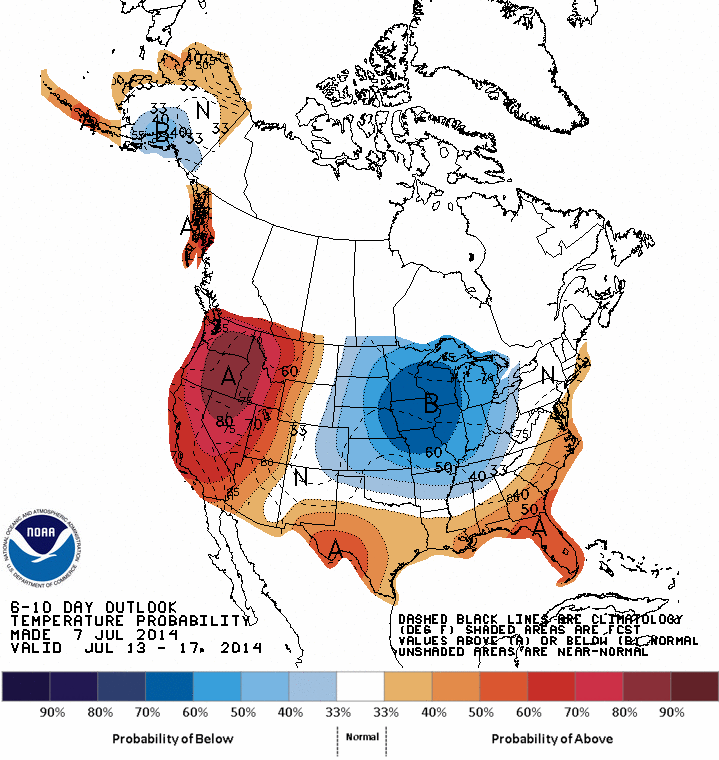
© CPC
The Climate Prediction Center's 6-10 day temperature outlook shows significantly above normal temperatures across the West US, most severe over Washington, Oregon, Nevada, Idaho and California. In response to this warmth, we see a deep airmass of unseasonably cool temperatures pushing south across the Midwest, with states like Minnesota, Wisconsin, Illinois, Iowa, South Dakota, Nebraska, Kansas and Missouri all affected on the highest level. Warmer than normal weather looks to retreat to the Gulf Coast and coastal regions along the Eastern Seaboard, but the main story here is indeed the colder than normal weather.
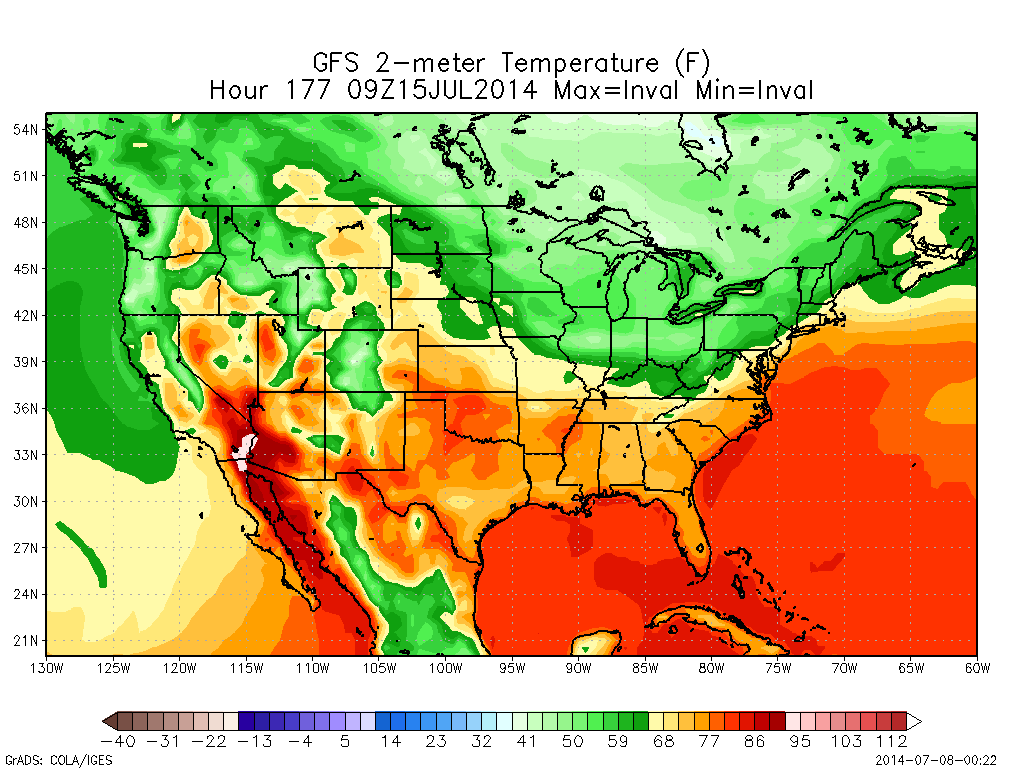
Shown above is a long range forecast of temperatures on the morning of July 15th, in the middle of this unusually cold spell. We see temperatures on this morning plummeting to as low as the mid-40s in the Midwest, where the heavy blankets might need to make a surprise appearance. Temperatures in the far northern Plains into the upper Midwest might even flirt with the low-40s, possibly even into the upper-30s if there will be clear skies. Those finer details will need to be ironed out in days to come, but the general idea is that things are looking pretty cold for a wide swath of the country in the next week or two.
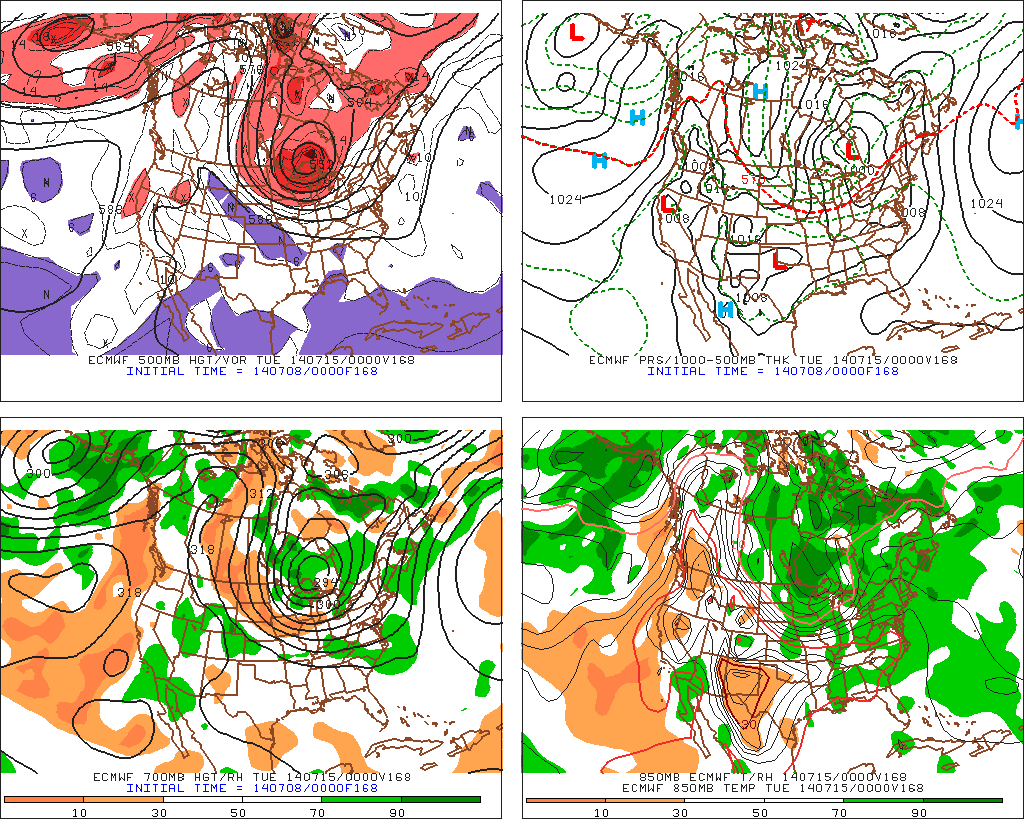
© PSU
Oddly enough, the atmospheric pattern behind this expected cold blast is quite similar to the pattern we observed this past winter. On the top-left image, we see the mid-level atmospheric flow valid on July 14th. Here, we can see a strong vortex dropping anomalously south from Canada, nearly pushing into the United States. If you recall, we had the polar vortex take a very similar path down south more than once last winter, which is how the weather got so cold so often. So what's provoking this to happen again, only this time in mid-July? The same thing that made it happen six months ago. We see a very strong ridge pushing north across the northeast Pacific and into the Gulf of Alaska, which is how the West US should end up with those much warmer than normal temperatures. And, bringing things back full-circle, that ridge is likely being caused/enhanced by the body of above-normal water temperatures in the Gulf of Alaska that we targeted as the mechanism responsible for the brutality of last year's winter. The latest water temperature anomaly image is shown below, which identifies the body of much warmer than normal water in the northeast Pacific.


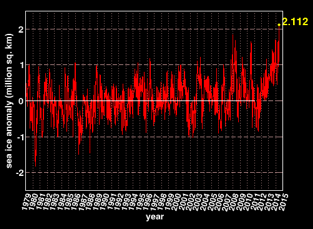
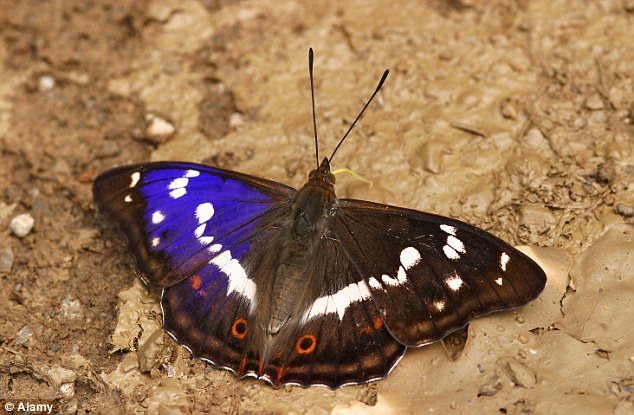
Comment: To understand what is going on with the climate change here on the big blue marble, read the Comet and Catastrophe Series on SOTT.